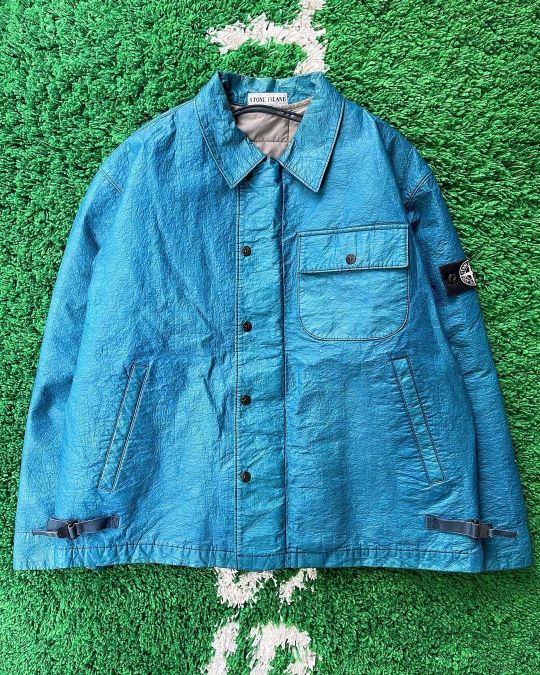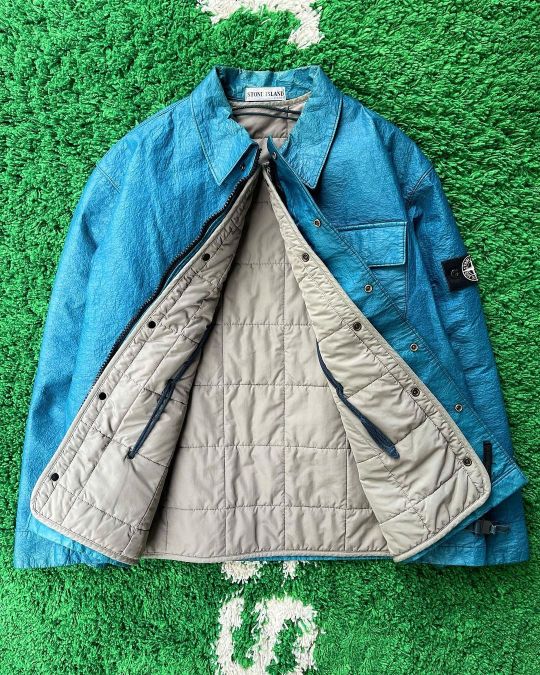#Kevlar
Text
El chaleco capaz de salvarte de ataques directos y apuñalamientos:
229 notes
·
View notes
Photo

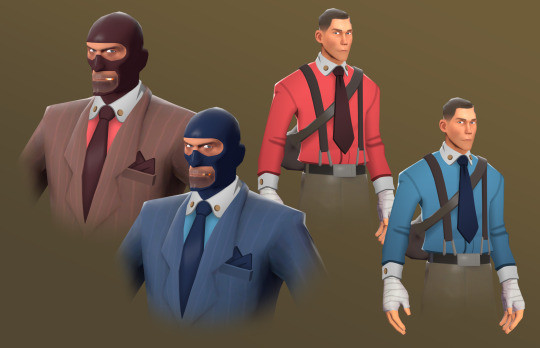


Some concept art work I’ve done recently
#TF2#Team Fortress 2#Concept Art#Jumper#Sweater#Tie#Kevlar#Vest#Howard Hamlin#Better Call Saul#Poncho#Clint Eastwood#The Man With No Name#Heavy#Heavy Weapons Guy#Scout#Spy#Engie#Engineer#Fashion
129 notes
·
View notes
Photo

https://www.youtube.com/watch?v=rEITukiXfF0
Fall is in the air and I’m getting nostalgic for late sept early Oct new england. A little gift piece for @dayvan !
192 notes
·
View notes
Text


VENA CAVA
HEART STARTER
THE DOCTOR IS IN(SANE)
#original character#kevlar#the doctor#if you see this tag dont ask#creepypasta oc#my art#blood#blood tw#uninter3sting art
4 notes
·
View notes
Text
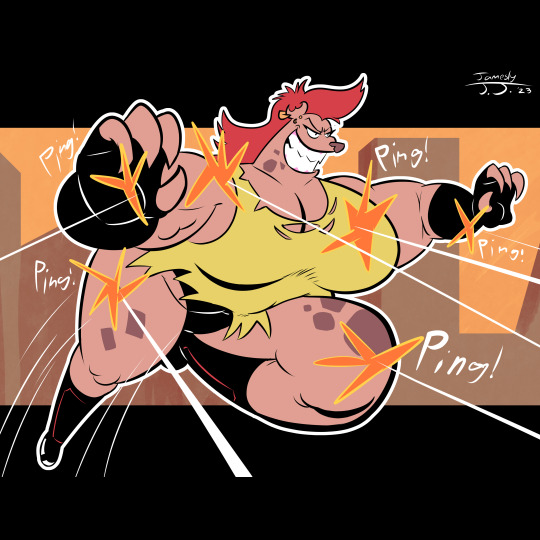
KEVLAR!
For @ducknpluck !
7 notes
·
View notes
Text
CBA, ECBA and their variants
the ECBA (enhanced combat body armour) was an updated version of the conveniently named CBA (combat body armour) of the early 1980s, arriving in 1991, just in time for the first gulf war; though it's worth noting that few ECBA sets had arrived, so much of the early high-intensity fighting was done wearing CBA sets.
the CBA had suffered a few major design failiures, most notably its lacking ballistic protection and its lack of modularity for future upgrades. the ECBA still suffered the latter, but solved the former with the addition of a large pocket on the front and back, for holding of two identical ceramic plates.

here you can see the two ECBA covers in my collection, the left being a 1999 production DPM cover, and the right being a 2013 production MTP cover. though there were also desert DPM and UN patterened ECBA covers. both with button flaps for rank slides affixed to the front pocket, something the CBA was missing.
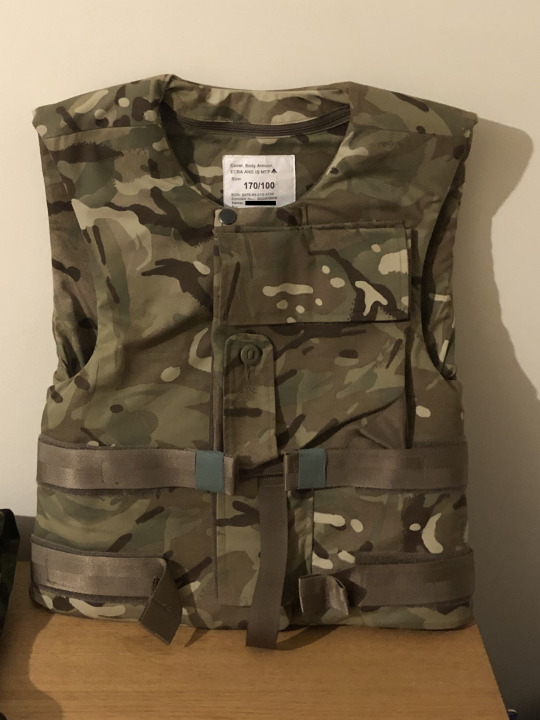
it might surprise some that the ECBA was still in production in 2013, especially considering the osprey armour system had been issued as replacement since 2006, but ECBA was still issued to rear echelon forces and those not expecting to see high-intensity conflict, such as those deployed during the manchester riots in 2011.

(apologies for the low definition photo)
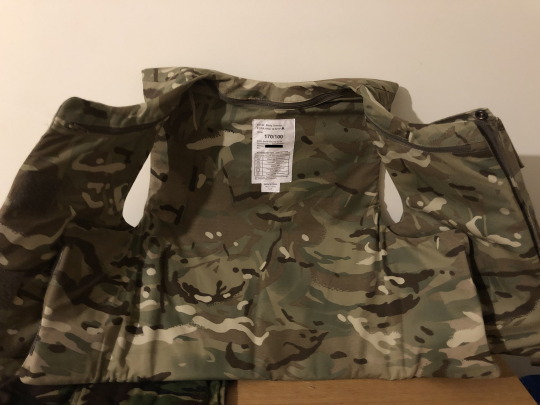
both the CBA and ECBA have the same vest opening and closure system, with two layers of velcro and a metal press stud at the top to ensure the armour is worn flat around the body. here you can also see that the armour is separated into three distinct pieces, all connected at the top of the back: the left wing, the right wing and the back pannel. the zip running along the top is used to insert/remove the soft armour filling.

within these three (3) pieces fold a single olive-green backer, this is a thick multi-layered kevlar insert fitted into a plastic envelope. these came in a variety of sizes, relating to the size of cover worn, and were interchangeable between the CBA, ECBA and the later AFV Crewmember's vest, that I have little to no info on. this kevlar backer is rated to stop 9x19 FMJ and most if not all fragmentation from explosives, but is not rated to stop higher calibre or energy balistic threats.

this filler is likely from the mid 1980s/early 1990s production CBA's, as the labelling has significantly degraded from frequent wear, and looks to be the early L/W Mk.1 filler. it was important to ensure that the label faced the inside of the cover, as the kevlar layered composite would not interact properly with projectiles if turned the wrong way around.

the other side is marked with a warning, and a scrawled on name, likely someone who was issued this armour in the past.
while i don't actually own any of the hard ceramic insert plates, they can rarely be found online and i have some photos of their usage to show.

these plates were repurposed by the MOD as the cumberbund plates for the osprey system, so they don't often get surplused and rarely end up on the "grey" market. this plate is a later model, and can be distinguished by the rounded off corners for ease of insertion and removal. the plate is composed of a sintered alumina body with a thin but tight cloth and resin covering to ensure that side blowout does not occur, and reduce the effectiveness of the plate.
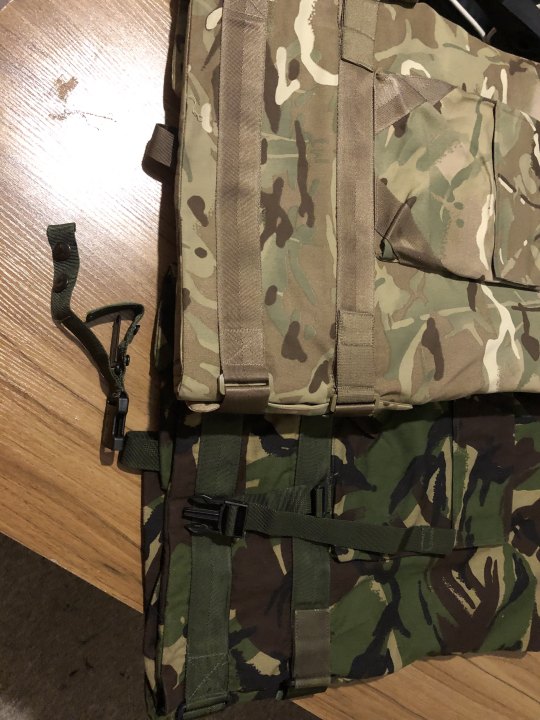
a final note of difference relates to the difference between pre and post herrick ECBA covers; pre-herrick covers had buckle attachment points for affixing to the issued PLCE webbing kit, though it was unlikely it was frequently used, as it is rather clunky and uncomfortable. it also reduced the speed at which armour could be taken off, as well as reducing the rotation of the torso relative to the hips, so this was then removed on post herrick MTP covers.
that's really all I have for today, but i hope you enjoyed the read, feel free to say if i got something wrong, or if i missed something you think is important!
thank you :)
2 notes
·
View notes
Text






#my post#madness combat#madcom ocs#beekeeper#ufewef#rave soldat#kevlar#agent anomie#bluescreen#the bartender#the tailor#im gonna go nuts i havfe way too many characters to draw
16 notes
·
View notes
Link
In this study, a new type of aerogels was successfully created using a self-assembled nanofiber network involving aramids, or Kevlar, a polymer material used in bullet-proof vests and helmets. Instead of using millimetre-scale Kevlar fibres, the research team used a solution-processing method to disperse the aramids into nanoscale fibrils. The interactions between the nanofibers and polyvinyl alcohol, another soft and “gluey” polymer, generated a 3D fibrillar network with high nodal connectivity and strong bonding between the nanofibers. It’s like a microscopic 3D truss network, and we managed to weld the trusses firmly together, resulting in a very strong and tough material that can withstand extensive mechanical loads, outperforming other aerogel materials.
#nanotechnology#Nanomaterials#materials science#engineering#aerogel#kevlar#bulletproof#innovation#advanced materials
46 notes
·
View notes
Text

#shirtless#muscle#jock#military jock#military#us military#us armed forces#armpits#treasure trail#male navel#sexy navel#blue jeans#kevlar#beer#beertime#barracks#enlarged 4x#photo enlargement#photo enhancement#color correction
203 notes
·
View notes
Photo

Researchers develop ultra-strong aerogels with materials used in bullet-proof vests
Aerogels are lightweight materials with extensive microscale pores, which could be used in thermal insulation, energy devices, aerospace structures, as well as emerging technologies of flexible electronics. However, traditional aerogels based on ceramics tend to be brittle, which limits their performance in load-bearing structures. Due to restrictions posed by their building blocks, recently developed classes of polymeric aerogels can only achieve high mechanical strength by sacrificing their structural porosity or lightweight characteristics.
A research team led by Dr. Lizhi Xu and Dr. Yuan Lin from the Department of Mechanical Engineering of the Faculty of Engineering of the University of Hong Kong (HKU), has developed a new type of polymer aerogel materials with vast applicational values for diverse functional devices.
In this study, now published in Nature Communications, a new type of aerogel was successfully created using a self-assembled nanofiber network involving aramids, or Kevlar, a polymer material used in bullet-proof vests and helmets. Instead of using millimeter-scale Kevlar fibers, the research team used a solution-processing method to disperse the aramids into nanoscale fibrils.
Read more.
22 notes
·
View notes
Text

Oops! All Abominations!
4 notes
·
View notes
Text
CME Vest lurve.
Finally feeling Prentiss. Very, very early first crappy quickie sketch of CME Prentiss all vested up :)
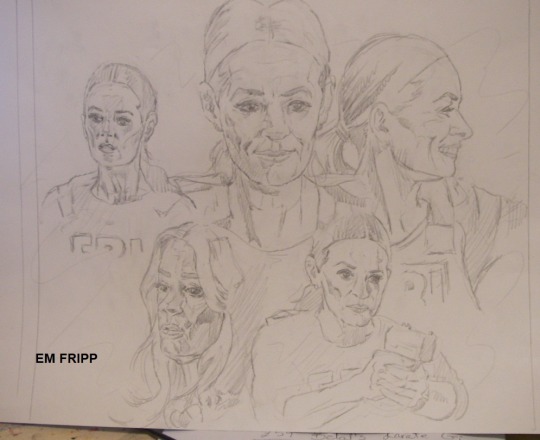
10 notes
·
View notes
Text

Currently Reading 💛
Psycho & Kevlar
#currently reading#reading#to read#read#booklr#bookblr#adult booklr#ellie r hunter#psycho#kevlar#mirrah mcgee#august 2023
2 notes
·
View notes
Text

Stephanie Kwolek was born on July 31, 1923. A Polish-American chemist who is known for inventing Kevlar. Her career at the DuPont company spanned more than 40 years. She discovered the first of a family of synthetic fibers of exceptional strength and stiffness: poly-paraphenylene terephthalamide. For her discovery, Kwolek was awarded the DuPont company's Lavoisier Medal for outstanding technical achievement. As of August 2019, she was the only female employee to have received that honor. In 1995 she became the fourth woman to be added to the National Inventors Hall of Fame.
#stephanie kwolek#kevlar#inventors#dupont#science#women in science#women in history#on this day#science history#science birthdays#on this day in science history
2 notes
·
View notes
